Europe is the world's second-smallest continent by surface area, covering about 10,180,000 square kilometres (3,930,000 sq mi) or 2% of the Earth's surface and about 6.8% of its land area. Of Europe's approximately 50 states, Russia is the largest by both area and population (although the country has territory in both Europe and Asia), while the Vatican City is the smallest. Europe is the third-most populous continent after Asia and Africa, with a population of 733 million or about 11% of the world's population. In 1900, Europe's share of the world's population was 25%. Europe, in particular Ancient Greece, is the birthplace of Western culture. It played a predominant role in global affairs from the 16th century onwards, especially after the beginning of colonialism. Between the 16th and 20th centuries, European nations controlled at various times the Americas, most of Africa, Oceania, and large portions of Asia. Both World Wars were largely focused upon Europe, greatly contributing to a decline in Western European dominance in world affairs by the mid-20th century as the United States and Soviet Union took prominence. During the Cold War, Europe was divided along the Iron Curtain between NATO in the west and the Warsaw Pact in the east. European integration led to the formation of the Council of Europe and the European Union in Western Europe, both of which have been expanding eastward since the fall of the Soviet Union in 1991. Europe is now generally defined by geographers as the westernmost peninsula of Eurasia, with its boundaries marked by large bodies of water to the north, west and south; Europe's limits to the far east are usually taken to be the Urals, the Ural River, and the Caspian Sea; to the south-east, the Caucasus Mountains, the Black Sea and the waterways connecting the Black Sea to the Mediterranean Sea. Because of sociopolitical and cultural differences, there are various descriptions of Europe's boundary. For example, Cyprus is approximate to Anatolia (or Asia Minor), but is often considered part of Europe and currently is a member state of the EU. In addition, Malta was considered an island of Africa for centuries, while Iceland, though nearer to Greenland (North America), is also generally included in Europe. In ancient Greek mythology, Europa was a Phoenician princess whom Zeus abducted after assuming the form of a dazzling white bull. He took her to the island of Crete where she gave birth to Minos, Rhadamanthus and Sarpedon. For Homer, Europe (Greek: Εὐρώπη, Eurṓpē; see also List of Greek place names) was a mythological queen of Crete, not a geographical designation. Later, Europa stood for central-north Greece, and by 500 BC its meaning had been extended to the lands to the north.
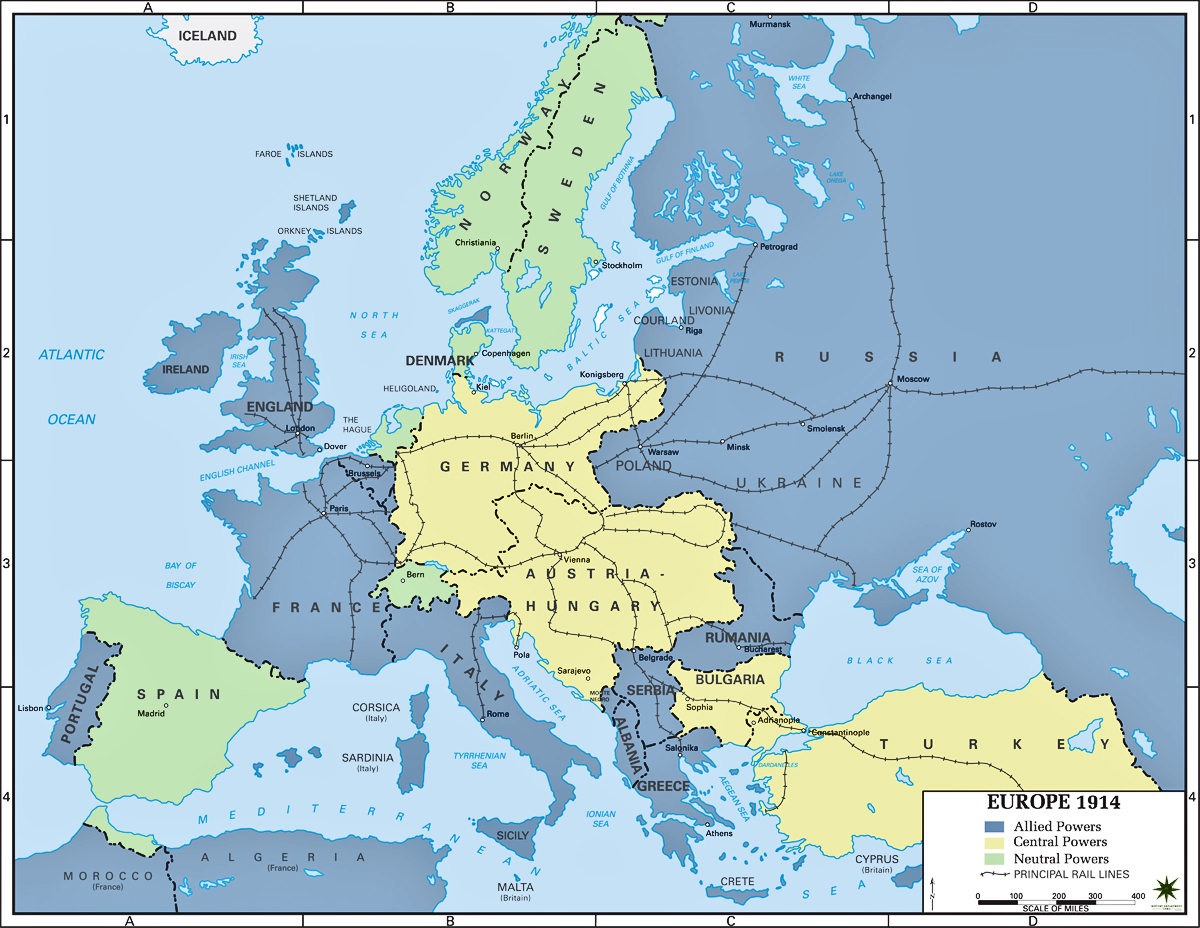
Map of Europe 1914

Map of Europe 1914s
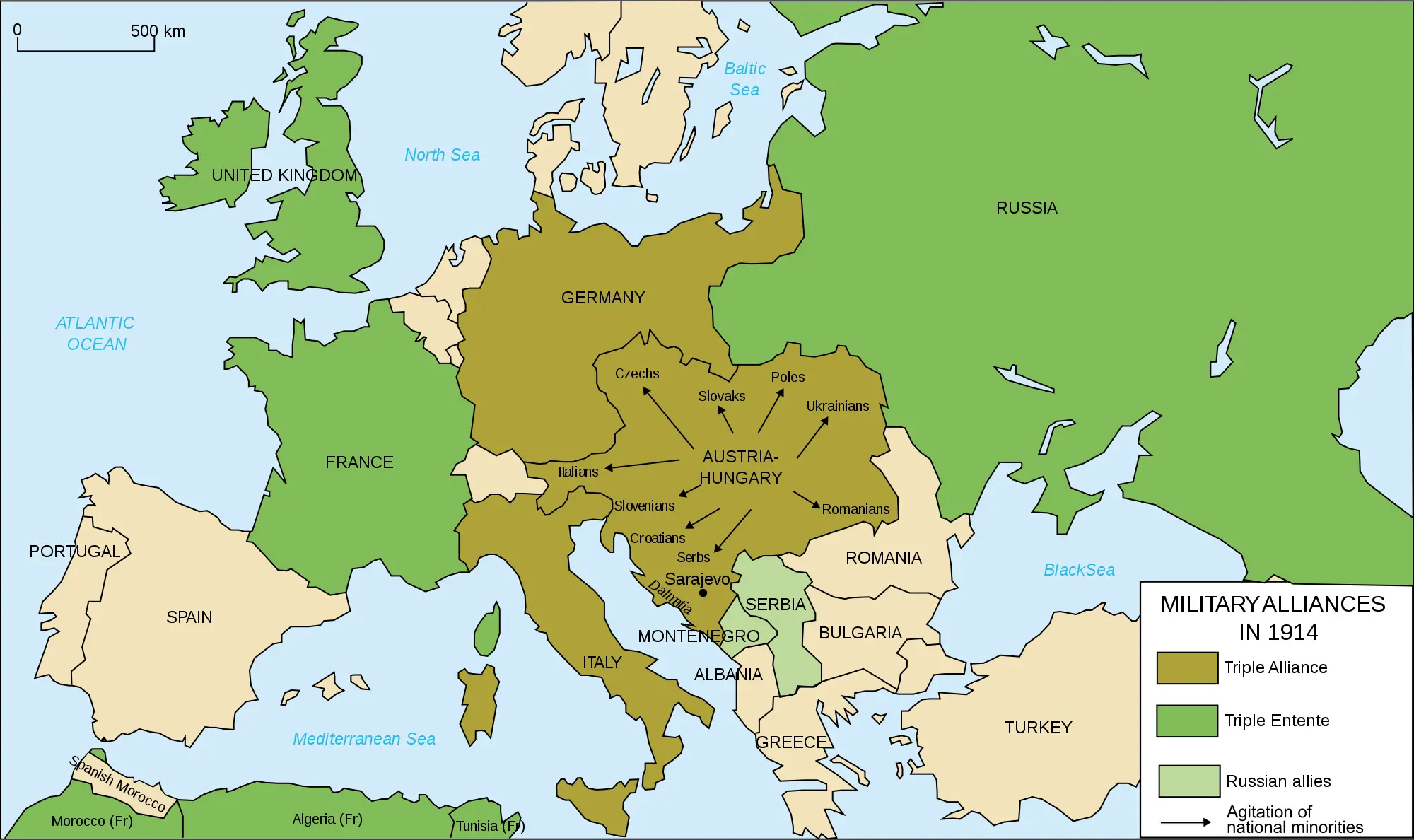
Click on the Map Europe
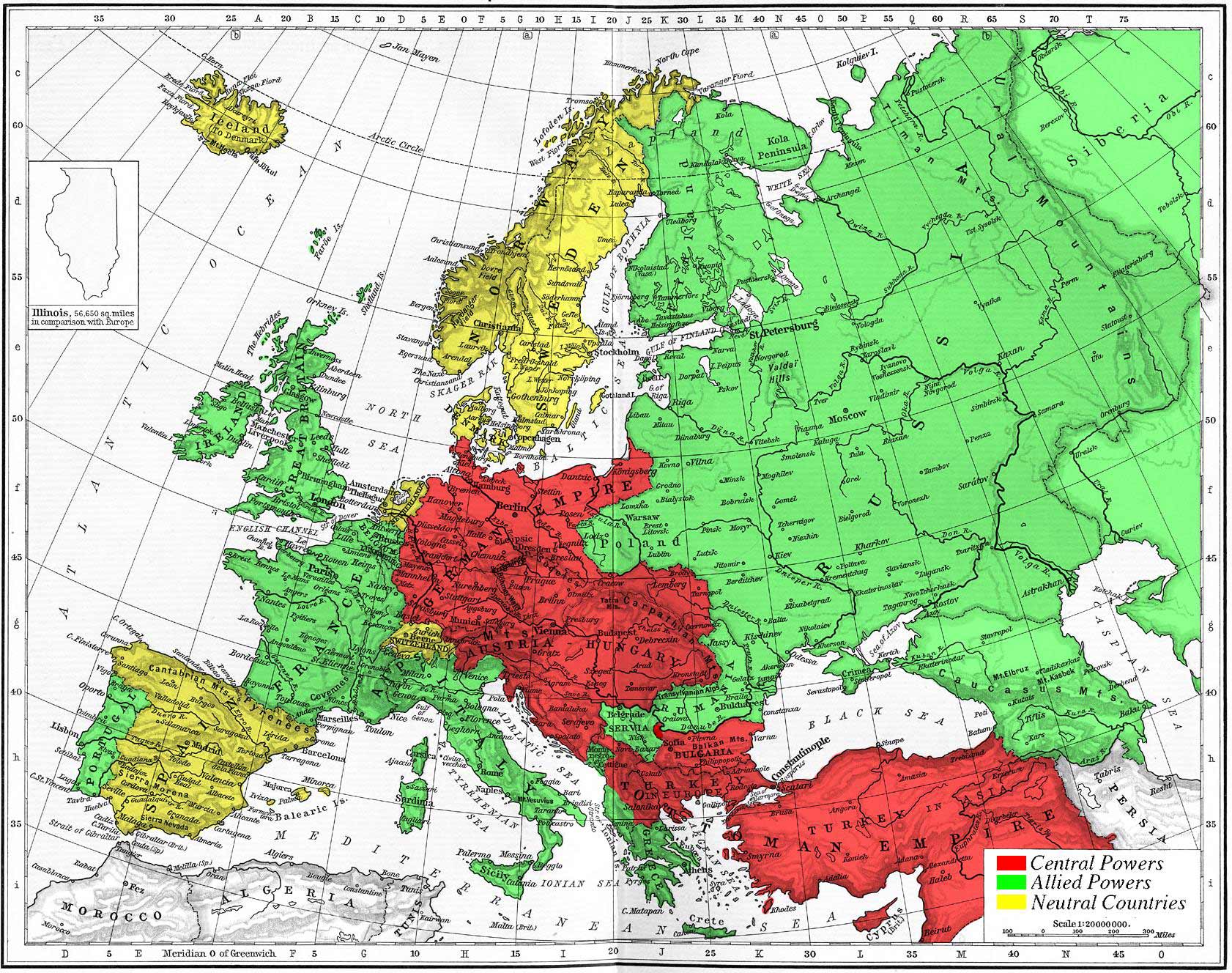
Europe maps.

Map of Europe 1871-1914
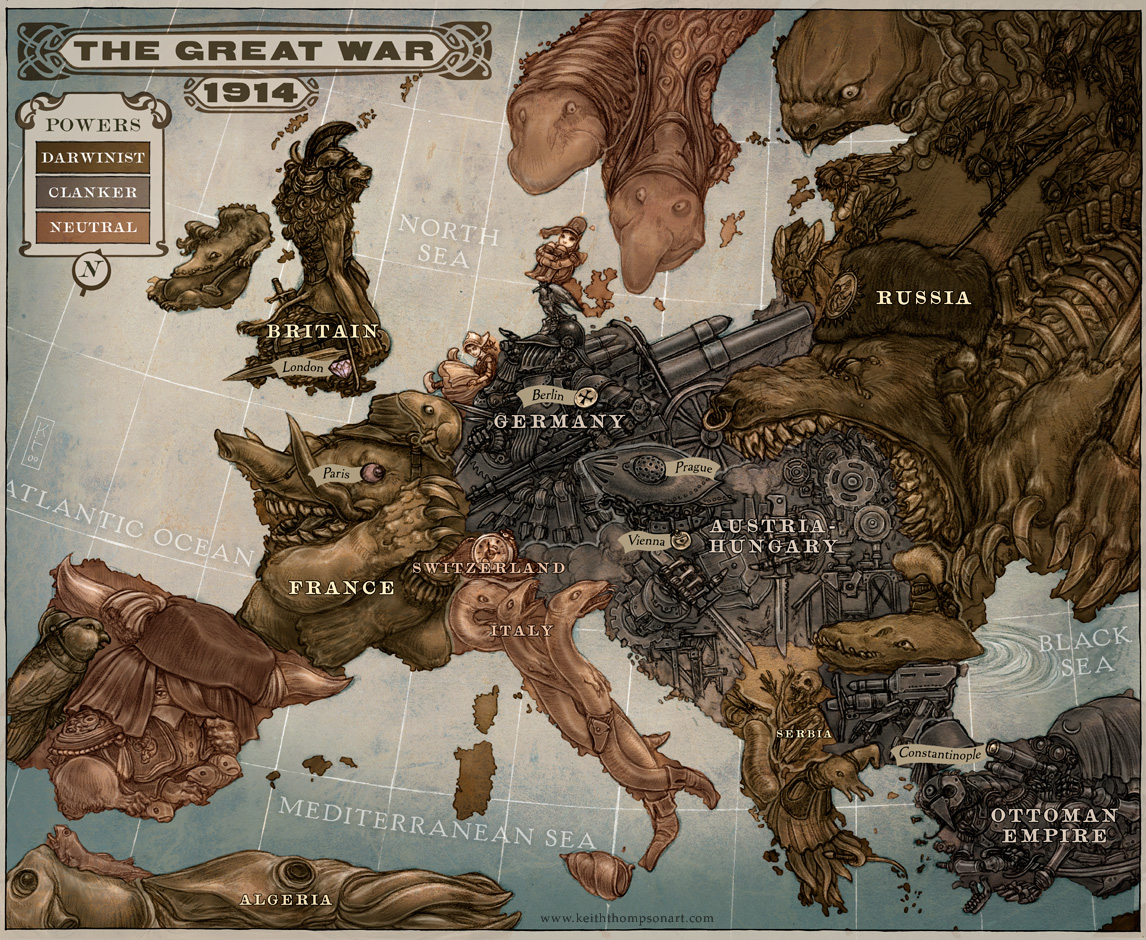
Caricature Map of Europe 1914

1914map.jpg

a map of Europe in 1914

Ethnic Map of Europe in 1914

Europe map, 1914

A map showing the alliances in

Europe in 1914 - before World
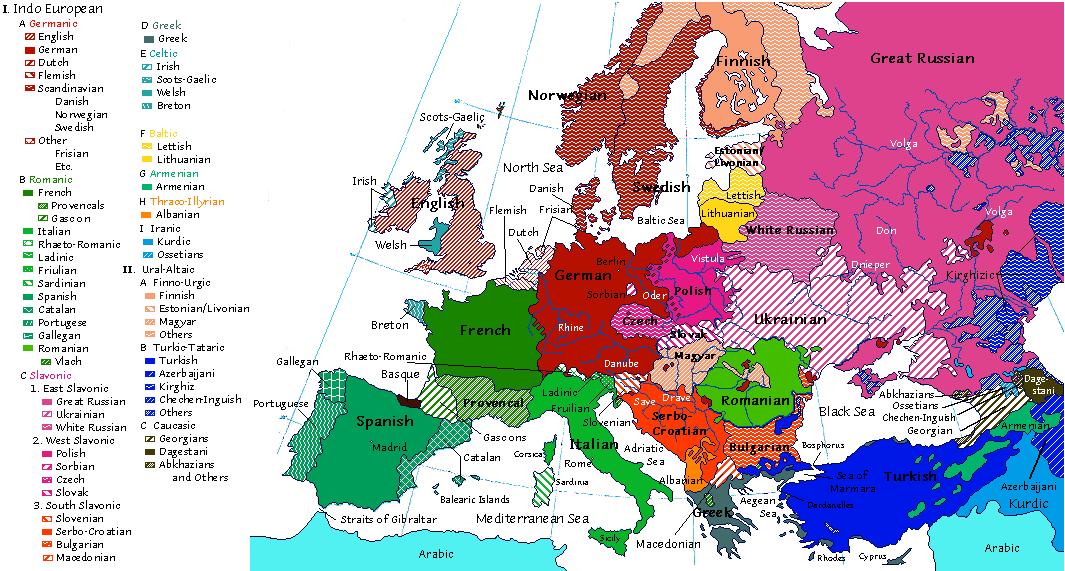
Race map of Europe before 1914

Europe in 1914 (Map)

political map of Europe.

Europe Map 1871-1914

Map of Europe 1914

Map of Europe 1914s

Click on the Map Europe

Europe maps.

Map of Europe 1871-1914

Caricature Map of Europe 1914

1914map.jpg

a map of Europe in 1914

Ethnic Map of Europe in 1914

Europe map, 1914

A map showing the alliances in

Europe in 1914 - before World

Race map of Europe before 1914

Europe in 1914 (Map)

political map of Europe.

Europe Map 1871-1914














No comments:
Post a Comment